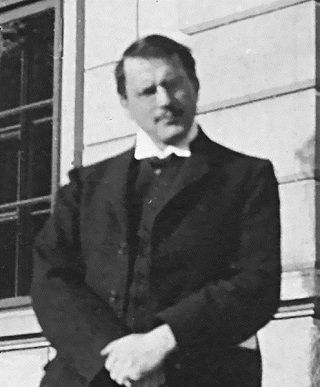Sustainability and Jung’s Collective Unconscious

All these years later, I wonder if Jung’s concept of the collective unconscious isn’t rooted in a profound truth. In his own words:
“My thesis then, is as follows: in addition to our immediate consciousness, which is of a thoroughly personal nature …, there exists a second psychic system of a collective, universal, and impersonal nature which is identical in all individuals.”
Don’t we need some sort of theory to explain how the ancient human cultures of Egypt in the Eastern Hemisphere and civilizations that were what is now Central America were so much alike – even though they had no way to communicate with one another? How is it possible that both groups decided that a mummified body was necessary to enter the afterlife? That it would be a good idea to invest the enormous resources required to build huge stone pyramids?
If this theory is correct, perhaps it forms the base of the notion that there exists a strange interconnectedness shared by all people – and perhaps even all life forms. As I’ve noted, there are quite a few excellent film documentaries that explore the phenomena supporting the idea that all life forms are intimately but mysteriously connected to one another, and that Western civilization’s general failure to recognize this important fact is the root cause of our failure to establish a sustainable civilization, including:
• The ever-growing rate at which we’re damaging our home planet with various forms of pollution
• Our reckless exploitation of our precious natural resources
• Our growing lack of concern for the well-being of one another
Two of my personal favorite works along this line are “What the Bleep Do We Know” and the more recent film, “I Am.” Both are certainly worth checking out, if you haven’t already.
Something to keep in mind, here, however, is that it may be impossible to test Jung’s theory; it certainly appears to be that way at this point in humankind’s evolving command of technology. Our ability to measure cognitive function and other aspects of our psychic states isn’t sufficiently developed to enable us to perform tests that would confirm or disconfirm Jung’s idea. And, as philosophers of science point out, a theory that is not subject to any possible experiment whose conclusions would disprove it is really not a theory at all; this is the same rebuke made by the opponents of string theory in modern physics.
Enough about that. Let’s see if I can lean more about this from the exhibit this afternoon.
